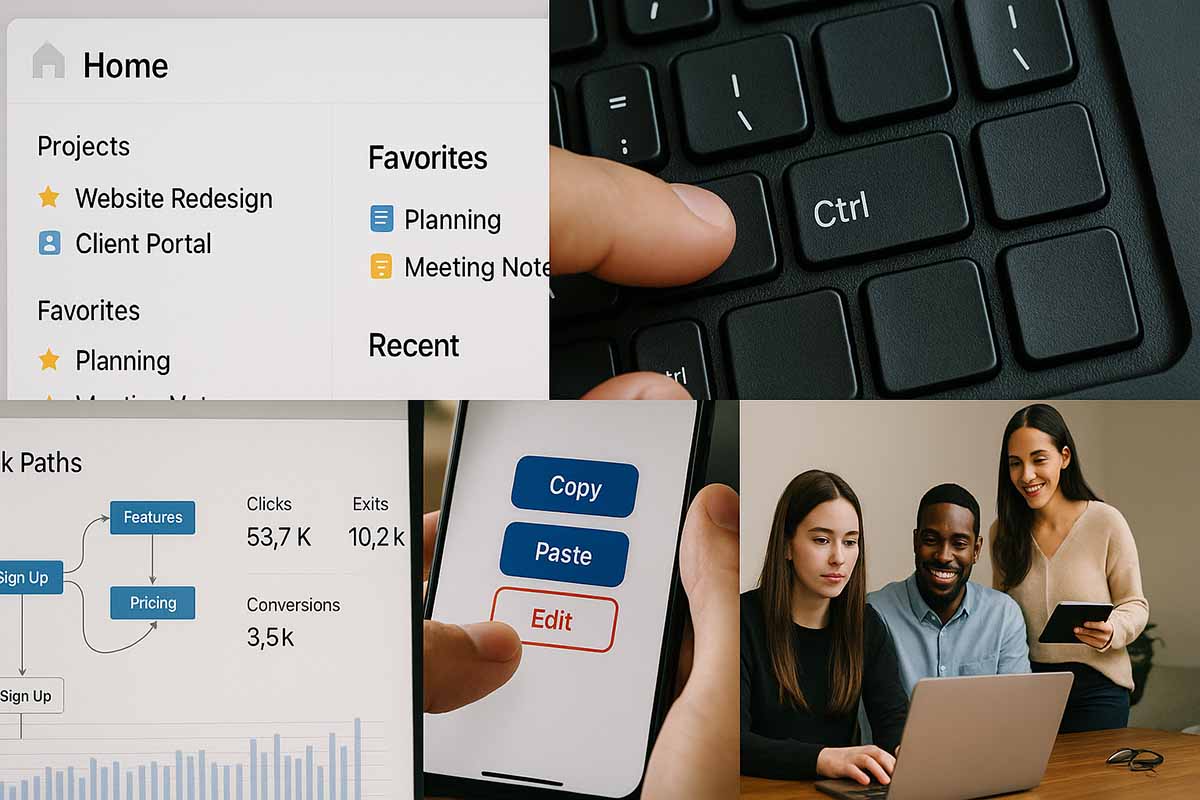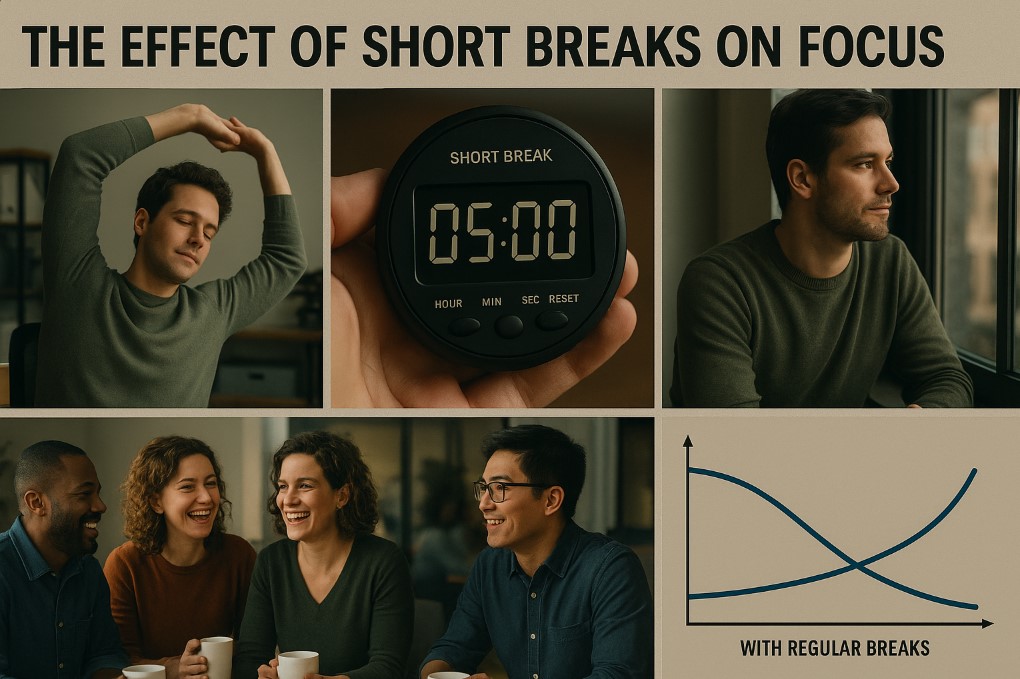How to Create a Workspace That Feels Calm
Creating a Calm Workspace for Better Focus and Well-Being
Finding a quiet place to work has become a growing priority for people worldwide. Whether someone works in a traditional office, a shared environment, or a home setup, the need for a peaceful space is felt across many cultures and professions. A calm environment supports clear thinking, steady productivity, and a healthier state of mind. It also helps individuals manage daily demands without feeling overwhelmed, often by creating a clear boundary between tasks and personal life, similar to how one might explore flexible workspaces to suit various needs.
Quick Overview
- A calm workspace strengthens focus and emotional balance.
- Clean surroundings, good lighting, fresh air, and comfortable furniture support productivity.
- Managing noise, adding thoughtful personal touches, and practicing short mental resets can create long-lasting improvements to daily work.
Creating a peaceful environment is a blend of practical design choices and supportive habits. When these elements work together, they create a space that helps the mind stay steady even in demanding situations. Around the world, people are learning that calmness at work is not a luxury; it’s a foundation that helps them function at their best, playing a vital role in achieving work-life balance.
Why a Peaceful Environment Strengthens Mental Clarity
Mental well-being is closely tied to the quality of one’s surroundings. Noise, clutter, and constant distractions place heavy pressure on the brain. They make it harder to focus, shorten attention spans, and drain energy throughout the day. Many workers notice how a messy desk or a loud area pulls their minds in different directions. Over time, this tension affects both mood and output.
A cleaner and more organized environment sends a different message. It gives the mind room to breathe. People often describe a sense of relief when walking into a tidy room filled with natural light. The shift in atmosphere encourages calm thinking. It also reduces the mental load caused by competing stimuli.
Across many global industries, from finance to creative work, professionals are adopting setups that support mental clarity. A tech developer may rely on a minimal desk layout to reduce distractions. A designer might choose surroundings that feel visually balanced. Regardless of the field, the impact is consistent: a calm workspace helps the brain maintain a steady rhythm.
Organizing Your Space for a More Focused Mind
A peaceful workspace begins with organization. Physical clutter often leads to mental clutter because the brain processes every object in view. When items pile up, attention becomes scattered. Clearing the desk is a simple yet powerful reset. Removing unnecessary items helps create a sense of order that supports sharper thinking.
Many workers benefit from a clear system. Essential items stay within reach, while less used materials are stored away. This approach minimizes visual noise and helps the mind stay directed toward tasks that matter.
Digital clutter has a similar effect. A crowded desktop or an inbox filled with thousands of unread messages creates silent stress. People around the world face this challenge daily, especially those who rely heavily on laptops and mobile devices. A clean digital folder system, timely archiving, and regular decluttering can restore a sense of control.
Even small digital habits like clearing unnecessary tabs or sorting files can prevent frustration. As a result, both the physical and digital parts of the workspace contribute to a calmer workday.
The Role of Light and Fresh Air in Daily Productivity
Light has a strong influence on energy levels and emotional stability. Exposure to natural daylight supports the body’s internal rhythm, helping people stay alert during working hours. Offices around the world now prioritize windows and open layouts to create a healthier work atmosphere. For those working from home, positioning a desk near a window can make a meaningful difference.
When natural light is limited, balanced artificial lighting is helpful. Soft, diffused lighting prevents eye strain better than overly bright or harsh bulbs. Adjustable lamps allow workers to adapt brightness throughout the day, supporting comfort during long sessions.
Air quality is another important factor. Poor ventilation leads to headaches and sluggish thinking. Fresh air, whether from open windows or an air purifier, helps maintain better concentration. Indoor plants can also support cleaner air. They offer a subtle sense of warmth and create a gentle connection to nature. Plants such as Peace Lily or Spider Plant are popular choices because they are low-maintenance and bring life into the room.
Globally, many modern workplaces integrate greenery not only for aesthetics but to increase employee well-being. Even a single potted plant can change the atmosphere of a workspace.
Managing Noise for a More Peaceful Workday
Noise is one of the most common disruptors in work environments worldwide. Traffic, conversations, household activity, and digital notifications all compete for attention. To manage this, many people turn to strategic noise control.
Noise-canceling headphones are widely used in busy offices and public areas. They help reduce interruptions and create a sense of privacy. Others prefer gentle background sounds like rainfall or soft instrumental music to mask distractions. These steady sounds create a consistent atmosphere that supports deeper concentration.
Digital noise also plays a role. Every notification on a phone or laptop demands attention. Turning off non-essential alerts can dramatically improve focus. This simple step helps reduce the fragmented thinking caused by constant interruptions.
In many cultures, people recognize the value of quiet time. Whether it’s a writer in a shared workspace or a remote worker attending global meetings, maintaining a controlled sound environment helps preserve mental balance.
Ergonomics and the Importance of Physical Comfort
Comfort is essential for steady productivity. Poor seating, awkward desk height, or a monitor positioned too low can lead to strain and discomfort. Over time, this affects concentration and mood. Ergonomic design helps prevent these issues by supporting the body’s natural alignment.
A supportive chair provides proper back and arm support. Feet should rest flat on the floor, and knees should form a stable angle. Many professionals use adjustable desks or chairs to personalize their setup. These adjustments reduce tension in the shoulders, neck, and wrists.
Monitor placement also matters. Keeping the screen at eye level prevents poor posture. A good distance with roughly an arm’s length helps reduce eye strain. People who type frequently may use a wrist rest to avoid pressure buildup.
Around the world, organizations are investing in ergonomic equipment because they understand its impact on both health and performance. When the body feels supported, the mind relaxes and works more effectively.
Adding Personal Touches That Encourage Calmness
A workspace becomes more grounding when it reflects the person using it. Small elements can make a space feel comforting without creating clutter. Items such as soft colors, a framed photo, or a simple decorative piece can help set a soothing tone.
Scent also influences mood. Many people use gentle essential oils to create a peaceful environment at home. Lavender, chamomile, and mild citrus scents are popular choices for calming the mind or refreshing tired thoughts. In shared spaces, it’s best to choose subtle scents to avoid distracting others.
Color also plays a psychological role. Shades of blue, green, or muted neutrals often create a calming effect. Workers around the world use these tones in office accessories, artwork, or small décor pieces to soften the atmosphere.
The key is moderation. A small number of thoughtful items can make a workspace feel personal without overwhelming the senses.
Maintaining Balance Through Short Breaks and Mindfulness
A calm environment is not shaped by design alone. Work habits also influence mental state. Continuous work without breaks often leads to exhaustion. Short pauses help refresh both mind and body. Even a brief walk, stretch, or glass of water can restore energy.
Many people use mindful breathing to reduce stress. Taking slow, deliberate breaths helps settle the mind and reset emotions. These short moments encourage clarity, especially during demanding tasks. In many countries, mindfulness practices have become part of workplace well-being programs because of their positive effects. Research highlights the extensive benefits of mindfulness practices for cognitive function and stress reduction.
Being present for a few minutes can shift the tone of an entire day. People who add simple mental resets to their routine often find themselves more patient, focused, and composed.
Creating Routines That Support Daily Calmness
Routines bring structure to the workday. A small ritual at the start of the morning helps signal the mind that it is time to focus. This may include preparing a drink, arranging the desk, or writing a brief task list. These simple steps create a purposeful tone.
Ending the day with a routine has similar benefits. Tidying the desk, closing browsers, and reviewing completed tasks help create a clean break between work and personal time. This separation is especially important for people who work from home, where boundaries easily blur.
Across different cultures, people rely on routines to maintain rhythm and reduce stress. They create predictability, which supports a calmer mindset and smoother transitions throughout the day.
A Peaceful Workspace as a Long-Term Investment
Building a calm workspace is an investment in health and long-term productivity. A thoughtful environment reduces stress, encourages clear thinking, and supports emotional balance. It also improves overall quality of life, both during and after working hours.
With intentional choices, from lighting and cleanliness to personal touches and mindful habits, anyone can create a space that nurtures steady focus. The result is a workspace that supports a healthier mind and a more fulfilling daily routine.









